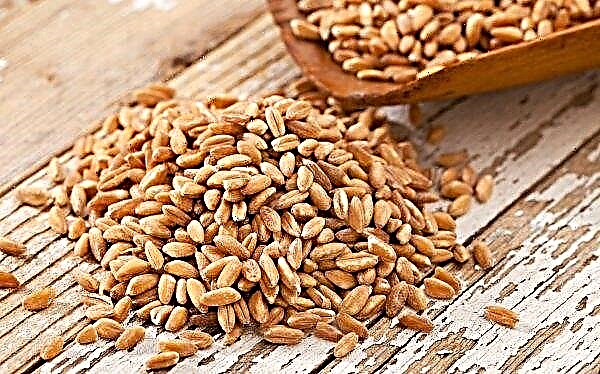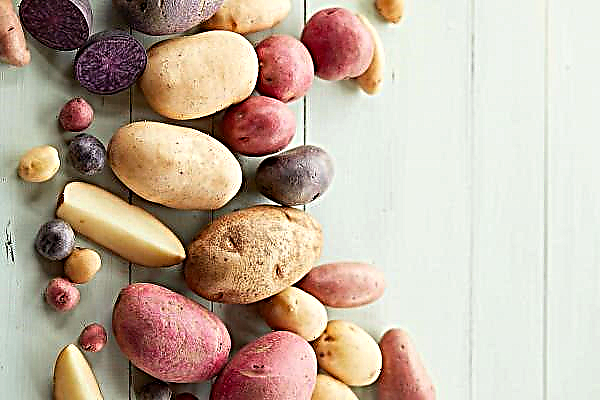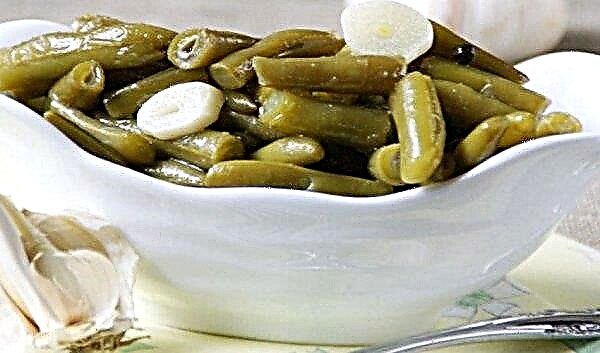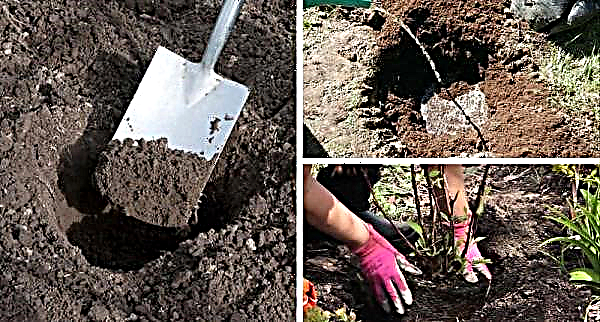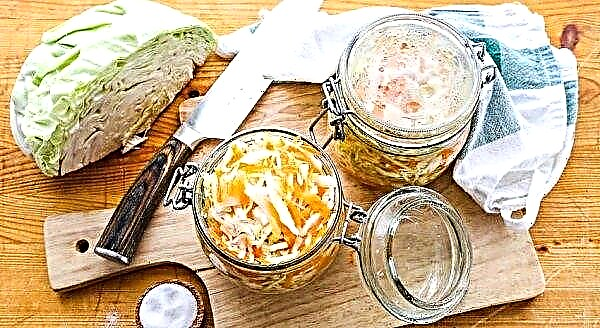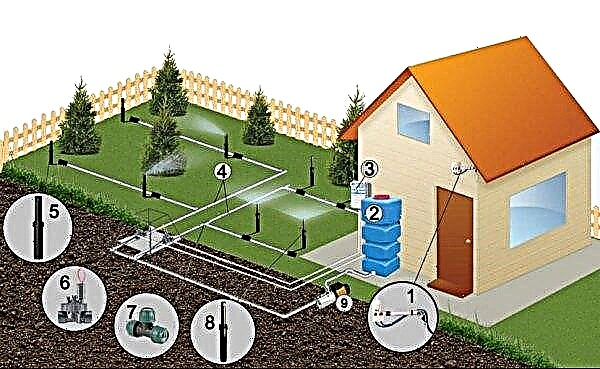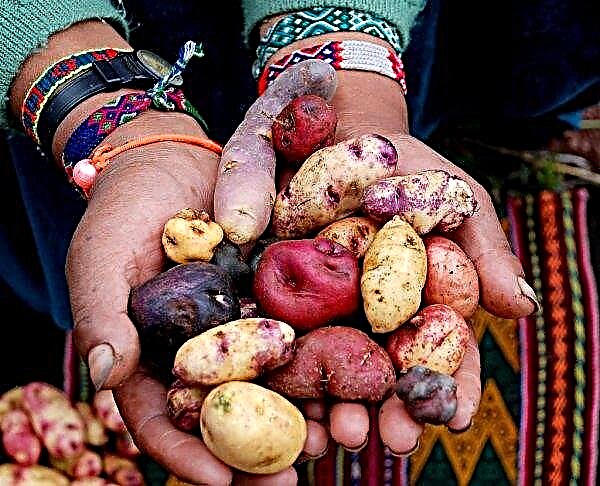Thanks to the persistent work of breeders, summer residents and farmers have the opportunity to grow southern vegetables in a temperate climate. Eggplant variety Epic is clear evidence of this. Its features and agricultural techniques of cultivation will be discussed in the article.
Description and characteristics of the variety
The Epic f1 hybrid was bred by Dutch breeders in the 2000s. In the Russian register of plants allowed for cultivation in the country, the culture was entered in 2008.
The early ripening variety reaches ripeness 65–70 days after planting. The bush is tall, up to a meter, with weakly pubescent stems, light green foliage of medium size and oval shape.
The fruiting is long, the average yield is 5.5 kg per 1 m². The length of the fruit can be more than 20 cm, the shape is cylindrical, and the average weight is 220 g. The skin is dense, ink-colored, glossy. The taste of the pulp is estimated as excellent, the characteristic bitterness of the culture is absent. The color of the pulp is creamy, the structure is dense with a small amount of seeds.
Epic is characterized by good immunity to the tobacco mosaic virus and resistance to temperature extremes.
Video: Epic F1 early eggplant
Planting, growing rules and care
For cultivation in open ground, the seedling method is used: this way the culture will be more hardened and able to withstand external negative factors.
Preparing seeds for seedlings
Purchased seeds of hybrid crops have already been processed by the manufacturer with growth stimulants and disinfectants. Own seeds should subsequently be disinfected in a slightly pink 2% potassium permanganate solution and dried. Then, to stimulate growth, the seed is soaked for a day in aloe juice (50 ml / 100 ml of water) or in the Kornevin preparation, according to the instructions.
Did you know? Eggplant flour is able to purify water from oil. This discovery was made by students of the Turkish Air Force Lyceum.
Capacity selection
Eggplant seedlings do not tolerate transplanting, so it is recommended to sow the culture in peat pots up to 12 cm in size.
Soil preparation
Plants need loose soil with good water and air permeability, nutritious, with an pH value of 6.5–7 pH.
The following components are used to prepare the substrate:
- garden land - 3 parts;
- lowland peat - 2 parts;
- vermicompost - 2 parts;
- river sand - 1 part;
- perlite or vermiculite — 1 part.
Mix and moisten everything, then take it out in the cold so that the substrate freezes.
Did you know? Anthocyanin pigment gives dark color to eggplant, protecting the flesh from ultraviolet radiation and giving the vegetable the ability to resist cancer cells.
Sowing seeds
Sowing is carried out in late February. Glasses are filled with soil, sowing is carried out to a depth of 1-1.5 cm. For ease of care, the containers are placed in one box. After sowing, they are covered with a film. Soil is regularly sprayed to prevent drying out. The necessary temperature for germination is + 25 ° C. After about 2 weeks, seedlings will appear.
Watering
Watering is carried out every 5 days, moistening the soil around the plant. Water is defended from the impurities of the water supply, its temperature should not be lower than + 20 ° С.
Temperature mode
After the emergence of seedlings, the film must be removed, the daily temperature of the content should be increased by 2-3 degrees, the night temperature drops to + 15 ° С. Pots are placed away from heating appliances, protected from drafts.
We recommend that you find other varieties of eggplant:
Top dressing
Every 10 days, in order to accelerate the vegetative development, the plants are fed using, for example, Kristalin (15 g / 10 l of water). The first fertilizer is carried out 10 days after the appearance of sprouts.
Lighting
Shoots need daylight hours extended to 12 hours. The best option for backlighting are fluorescent lamps.
Planting seedlings in open ground
7-10 days before the event, the seedlings are tempered, leaving on the balcony or veranda for 2 hours a day, gradually increasing the time of the "walk" to 24 hours. Bushes ready for transplanting have 6–8 leaves and a height of about 20 cm.
Dig the soil a month before the proposed planting, introducing 6–7 kg of humus per 1 m².
Landing pattern:Important! You can not plant a crop after other solanaceous: tomatoes, peppers, potatoes, tobacco.
- Pits are dug with a depth of 15 cm, the distance between them is up to 35 cm, between the rows - 70 cm.
- Up to half a liter of water (warm, settled) is poured into the pit.
- When the moisture is absorbed, the bush together with the pot is placed in a pit and, falling asleep with earth, lightly tamped. Peat wall of the pot, decomposing, will serve as additional fertilizer.

Care Features
Tall Epica bushes need to be formed in 1-2 stems, the lower leaves must also be removed. During fruiting, heavy fruits can break the stems, so at the stage of formation of the ovaries establish a support. For normal fruit development, about 8 ovaries are left on the bush, removing the rest.
Watering is carried out every 3-5 days, depending on seasonal precipitation. Watered with settled water, preferably rain, under the root. After watering, the soil must be loosened no deeper than 10-12 cm from the surface. Landing weed from weeds. During fruiting, watering is carried out more often.
The first feeding is needed for plants after 3 weeks, the next - with an interval of 2-3 weeks. Depending on the composition of the soil, fertilize the crop up to 5 times per season.Important! If you cover the soil around the near-stem circle with straw, adding onion and garlic husks to it, this will scare away the pests and keep the roots from overheating and evaporation of moisture.
Feeding scheme:
- first - Kemira-Lux solution, 30 g / 10 l of water;
- second (before flowering) - the same composition with the addition of boric acid, 5 g;
- during flowering - superphosphate 25 g, infusion of mullein, 1 liter diluted in 10 liters of water;
- during fruiting - superphosphate 40 g / 10 l of water.

Pests and diseases
Proper crop rotation is the basis for protecting crops from diseases and pests. However, difficulties in growing may appear due to the influence of external factors.
The main diseases and pests, as well as measures to combat them:
- Late blight - a fungal disease that affects all parts of the plant, covering them with a dark coating. The drug “Alirin-B” is effective against fungus, spraying with a solution is used (2 tablets per 1 liter of water).

- Blackleg - a fungal disease that affects the root system, spreading further throughout the bush. There is no treatment, diseased bushes are removed from the site, and the soil is disinfected with a solution of potassium permanganate (5 g / 10 l of water).

- Gray rot - pathogen fungus botritis, covers the ground parts of the plant with a fluffy coating of gray. Apply spraying with the drug "Gamair" (2 tablets per liter of water).

- Colorado beetle afraid of the aroma of marigolds and tansy - to protect plants, these repellents are planted in aisles. You can fight the beetle with the help of Apache, spraying the plant with a solution of 1 g / 1 liter of water.
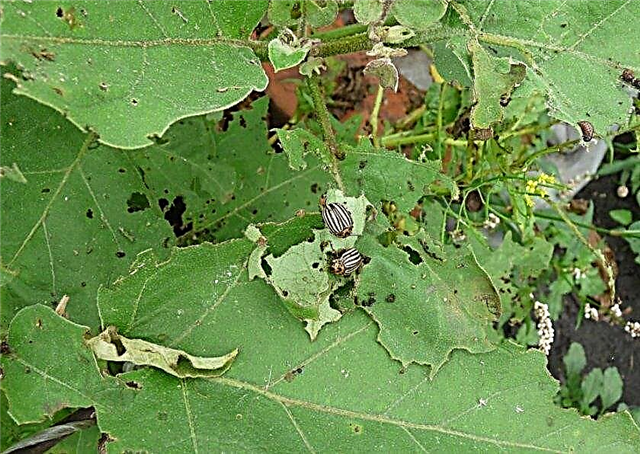
- Spider mite requires the use of acaricides such as Acarin. The drug is diluted in a proportion of 2 ml / 1 liter of water. For prevention, bushes can be dusted with tobacco dust or wood ash.

- Slimmer collected by hand, to prevent their occurrence on the soil, powder pepper, nutshells are scattered.

Harvesting and storage
A fruit is considered ripe, the peel of which has acquired shine and a dark purple color, it must be elastic to the touch. Given the long fruiting period, eggplant is collected every 3 days.
Fresh fruits can be stored for no more than 2-3 months. To do this, wipe the vegetables dry, place in a cool, but dry place with a temperature of at least + 1 ° C. It is not recommended to place vegetables in several layers - so they will begin to rot.
Reviews of farmers about the variety are generally positive. They note a wonderful taste without bitterness, a small amount of seeds, as well as versatility in use.










